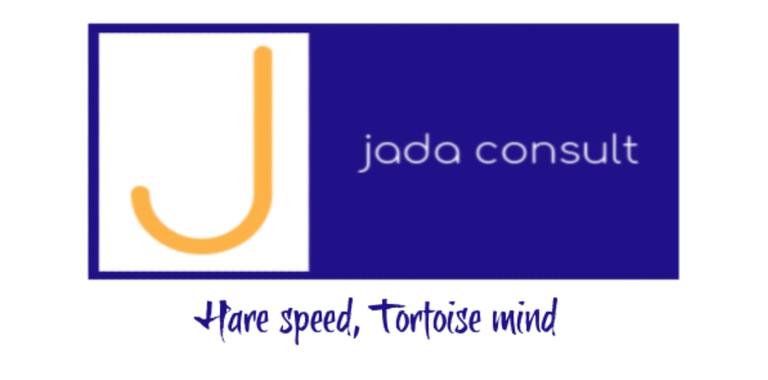Rethinking Job Loss: Beyond AI-Safe Jobs
The media often highlights job loss and low-pay roles, but there's more to the story. Explore how we can shift the narrative from 'AI-safe jobs' to opportunities for transformation and real progress in the workforce.
CORPORATEGENERAL
8/5/20252 min read


The Problem with AI Job Loss Headlines: Missing the Bigger Picture
In this article, I will explore why headlines about “AI-safe jobs” miss the bigger picture, and how we can shift the conversation toward opportunity, transformation, and real progress.
Let’s move beyond clickbait and start talking about how AI augments human potential and creates new, meaningful career paths.
I’d love to hear your thoughts: how is AI reshaping your industry or career?
Every few weeks, headlines scream that artificial intelligence is coming for our jobs. The narrative is familiar: white-collar professions are at risk, automation is taking over, and we face widespread obsolescence. Recent articles, like the one from CNBC listing “AI-safe” jobs — including painters, embalmers, and housekeepers — only reinforce this tired, clickbait-driven narrative. As someone who has examined the underlying research (notably from Microsoft’s AI team), I expected a much more nuanced take. Instead, these headlines leave readers wondering: Is this really the future we want?
Media Narratives versus Reality
Most media coverage frames AI as a threat to skilled careers, often suggesting that “safe” jobs require minimal training, creativity, or pay. This outlook doesn’t reflect the aspirations of workers seeking intellectually challenging, stable, and growth-oriented careers. By implying that the best option is to cling to low-paying roles, the messaging dismisses human potential. Buzzwords like “digital twin” and the hype around agentic AI replacing humans only deepen this disconnect, missing the broader capabilities of these technologies.
What’s Missing: The Bigger Picture
From conversations with professionals across industries, I see that the focus on job elimination overshadows the reality of job transformation. Many roles won’t disappear; instead, they will evolve. New industries, specialties, and technical careers will arise — yet headlines rarely highlight where AI complements human skills rather than replacing them. This omission fuels fear instead of encouraging preparation, reskilling, and optimism.
Why This Matters
Articles that emphasise survival in low-skill, low-pay work send the message that innovation only leads to a future where a few prosper while many scrape by. This narrative is not only inaccurate — it’s disheartening. People deserve to see a future where AI is a tool to build meaningful, rewarding careers, not a looming threat. The U.S. Bureau of Labour Statistics offers a better model, using realistic, data-driven insights to help guide individuals toward promising roles in the evolving workforce.
A Call for Better Conversations
It’s time for media and social platforms to shift away from sensationalism and focus on:
Highlighting the new roles AI is creating, not just the ones it’s displacing.
Promoting lifelong learning and reskilling as practical, empowering strategies.
Showcasing innovation where AI augments human work, making jobs more engaging rather than obsolete.
Digging into nuanced data trends instead of chasing clicks with alarmist headlines.
AI is a tool — its impact depends on how we use it. Our conversation about the future of work should empower all workers to adapt, thrive, and progress, not resign themselves to scraping by in a world dominated by machines.
The future of work isn’t about survival. It’s about progress.
Innovative
Leading AI strategies and robust architectural frameworks.
Solutions
Consulting ENQUIRY
clientservices@jadaconsult.co.uk
+44 01908 032996
© 2024. All rights reserved.


Our privacy policy is here : Privacy Policy: Data Protection & User Rights | JaDa Consult Ltd
